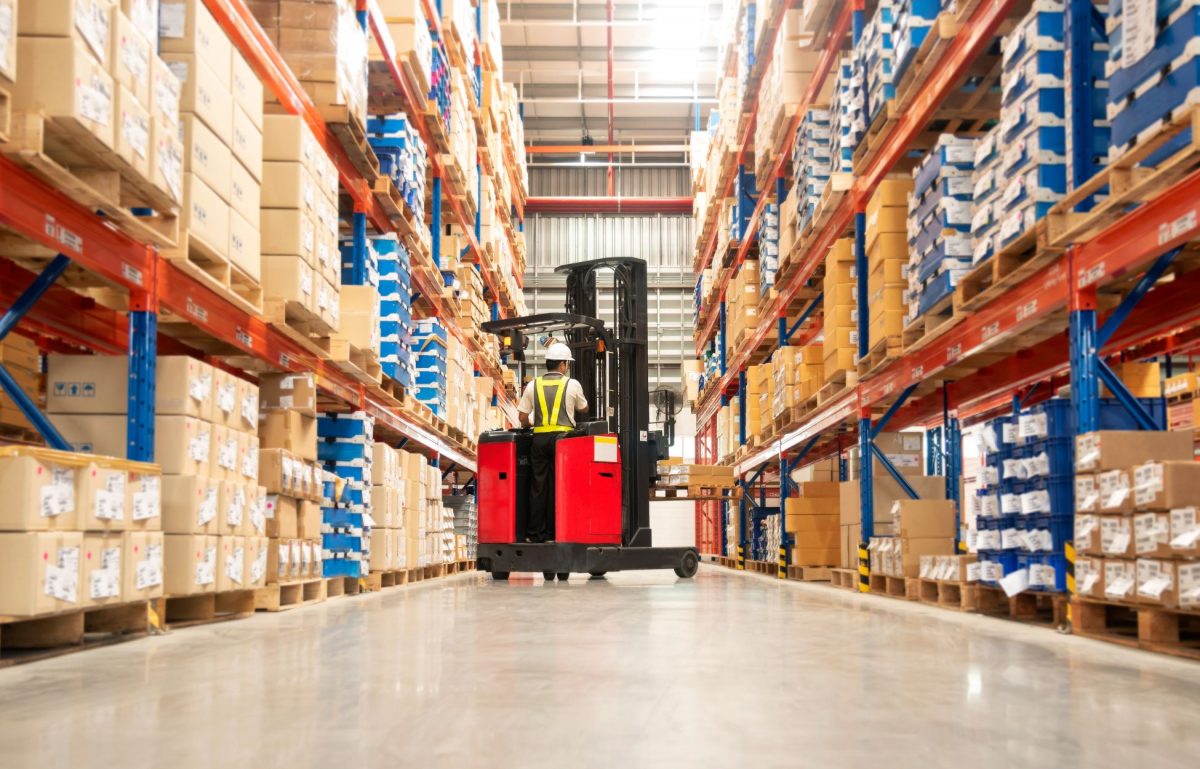Change isn’t always easy. When it’s time for your warehouse to adopt new solutions, you need to ensure the transition is smooth. Implementing new equipment or technology is only successful when those solutions work well with your current processes and employees. Make the most of your business’s investments with these tips for introducing new equipment into your warehouse.
Keep the Big Picture in Mind
When purchasing new equipment or technology, it’s easy to focus on how that solution will improve a specific stage of your production line. However, you also need to consider how your new equipment will fit in with and affect your entire workflow. Will it integrate with other solutions in your warehouse? Does this new process eliminate bottlenecks and other issues? If so, does it cause other complications in return? Keeping the big picture in mind and asking these kinds of questions helps you figure out how to make your new equipment worth the cost of investment.
Provide Thorough Employee Training
No piece of technology beats a talented, motivated team of employees. That’s why it’s important to train employees on how to use and maintain any new equipment solutions you implement in your warehouse. For example, when installing automatic stretch wrappers, make sure your employees know how to safely operate the machine while avoiding common mistakes made with stretch wrapping equipment.
Comprehensive training gives your team the knowledge they need to use new equipment efficiently. Additionally, training workers on new solutions helps them keep up with changes in your warehouse. Employees who feel more involved in new projects and upgrades will be more confident and motivated on the job rather than feeling confused, stressed, or expendable.
Have a Backup Plan
One of the most important tips for introducing new equipment into your warehouse is to expect obstacles. This is especially true early on when you’re more likely to see downtime and other equipment malfunctions. Instead of immediately relying solely on your new technology, make sure you have the resources and workforce in place to keep operating even when things go wrong. A manual backup plan allows you to preserve productivity and handle challenges that arise during this transitional period.













